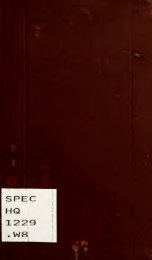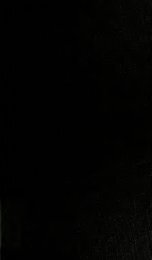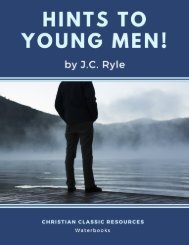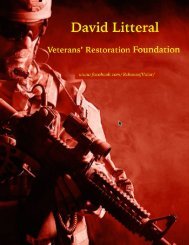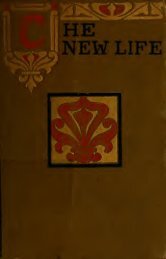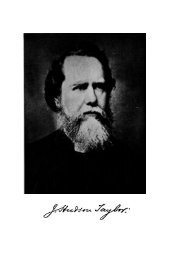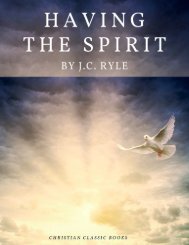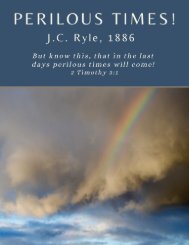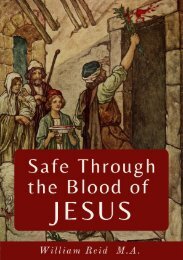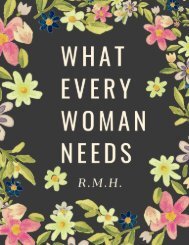The Case For Christ
The Case for Christ records Lee Strobel's attempt to "determine if there's credible evidence that Jesus of Nazareth really is the Son of God." The book consists primarily of interviews between Strobel (a former legal editor at the Chicago Tribune) and biblical scholars such as Bruce Metzger. Each interview is based on a simple question, concerning historical evidence (for example, "Can the Biographies of Jesus Be Trusted?"), scientific evidence, ("Does Archaeology Confirm or Contradict Jesus' Biographies?"), and "psychiatric evidence" ("Was Jesus Crazy When He Claimed to Be the Son of God?"). Together, these interviews compose a case brief defending Jesus' divinity, and urging readers to reach a verdict of their own.
The Case for Christ records Lee Strobel's attempt to "determine if there's credible evidence that Jesus of Nazareth really is the Son of God." The book consists primarily of interviews between Strobel (a former legal editor at the Chicago Tribune) and biblical scholars such as Bruce Metzger. Each interview is based on a simple question, concerning historical evidence (for example, "Can the Biographies of Jesus Be Trusted?"), scientific evidence, ("Does Archaeology Confirm or Contradict Jesus' Biographies?"), and "psychiatric evidence" ("Was Jesus Crazy When He Claimed to Be the Son of God?"). Together, these interviews compose a case brief defending Jesus' divinity, and urging readers to reach a verdict of their own.
Create successful ePaper yourself
Turn your PDF publications into a flip-book with our unique Google optimized e-Paper software.
direction of the jury room. "<strong>The</strong>m?" he chortled. "<strong>The</strong>y'll never<br />
convict me!"<br />
<strong>The</strong>n, apparently realizing how cynical those words sounded, he<br />
quickly added, "I'm innocent, you know."<br />
That was the last time I ever heard him laugh. Within days the<br />
former Green Beret and emergency room physician was found guilty<br />
of stabbing to death his wife, Colette, and his daughters,<br />
Kimberly, age five, and Kristen, age two. He was promptly<br />
sentenced to life in prison and carted off in handcuffs.<br />
MacDonald, whose story was masterfully recounted by Joe<br />
McGinniss in the best-seller and TV movie Fatal Vision, was cocky<br />
enough to think that his alibi would help him get away with<br />
murder. He had told investigators that he was asleep on the couch<br />
when drug-crazed hippies awakened him in the middle of the night.<br />
He said he fought them off, getting stabbed and knocked<br />
unconscious in the process. When he awakened, he found his family<br />
slaughtered. Detectives were skeptical from the start. <strong>The</strong> living<br />
room showed few signs of a life-and-death struggle. MacDonald's<br />
wounds were superficial. Though he had poor eyesight, he was<br />
somehow able to provide detailed descriptions of his attackers<br />
even though he had not been wearing his glasses.<br />
However, skepticism alone doesn't win convictions; that requires<br />
hard evidence. In MacDonald's case detectives relied on<br />
scientific proof to untangle his web of lies and convict him of<br />
the slayings. <strong>The</strong>re's a wide variety of scientific evidence<br />
that's commonly used in trials, ranging from DNA typing to<br />
forensic anthropology to toxicology. In MacDonald's case it was<br />
serology (blood evidence) and<br />
trace evidence that dispatched him to the penitentiary.<br />
In an extraordinary-and for prosecutors, fortuitous coincidence,<br />
each member of MacDonald's family had a different blood<br />
type. By analyzing where bloodstains were found, investigators<br />
were able to reconstruct the sequence of events that deadly<br />
evening-and it directly contradicted MacDonald's version of what<br />
happened. Scientific study of tiny blue pajama threads, which<br />
were found scattered in various locations, also refuted his<br />
alibi. And microscopic analysis demonstrated that holes in his<br />
pajamas could not have been made, as he claimed, by an ice pick<br />
wielded by the home invaders. In short, it was FBI technicians in<br />
white lab coats who were really behind MacDonald's conviction.<br />
Scientific evidence can also make important contributions to the




